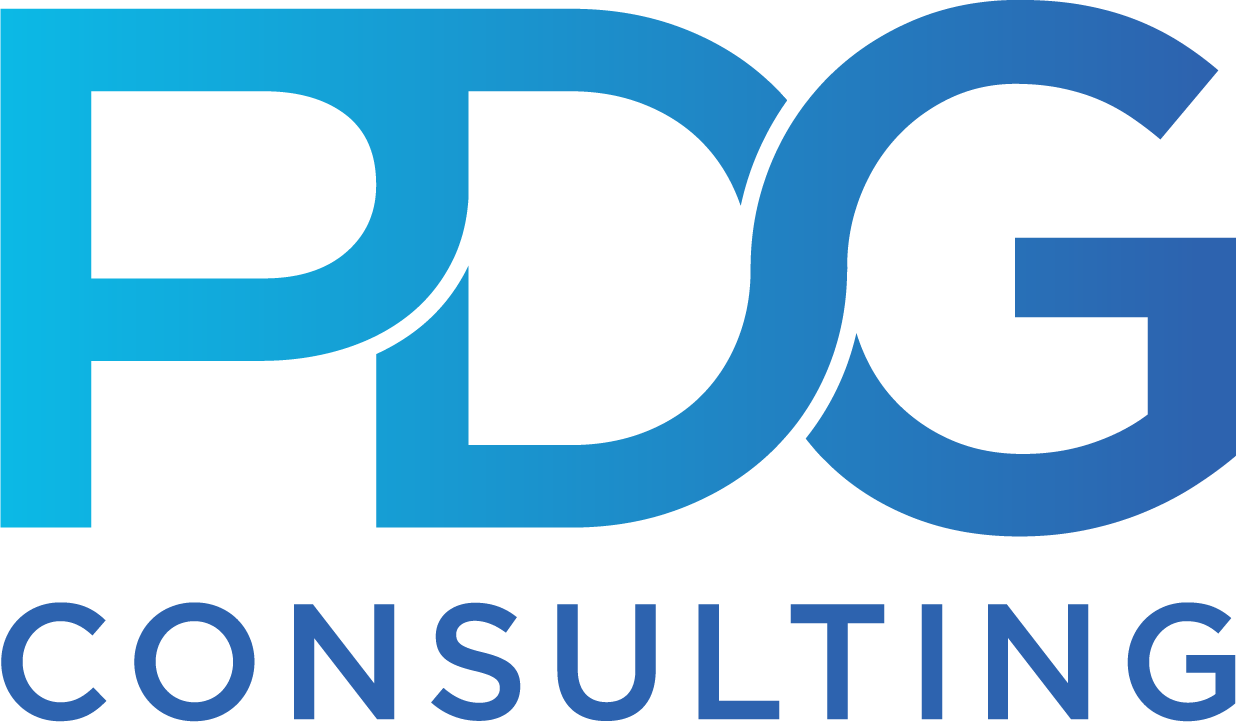What Is Digital Transformation and Why Your Organization Should Care

In recent years, digital transformation has emerged as a common initiative pursued by forward-thinking organizations to stay competitive and relevant. This applies across the board, from traditional businesses in slow-moving industries making the digital leap forward to cloud-native firms looking to further their adoption of cutting-edge technologies.
And with the pandemic further shifting the global workforce to working-from-home (WFH) modalities and driving much of the world’s consumer base online, organizations not involved in some facet of digital transformation are, now more than ever, at risk of losing both their customers and employees to competitors.
What Is Digital Transformation?
Digital transformation describes the processes by which organizations integrate digital technologies to achieve new operational efficiencies and create stakeholder value. This process is as much a technological shift as it is a cultural one.
For example, technical teams working for traditional organizations may require a gradual approach to adopting new methodologies like Agile and DevOps. In contrast, teams working for born-in-the-cloud companies are likely to already be engaged in information de-siloing and close collaboration efforts.
In either case, digital innovation requires organizations to foster a culture of innovation—and then support that culture with the requisite digital tools and technologies.
Digital Transformation Drivers
As mentioned previously, COVID-19 has brought on radical digital transformations seemingly overnight, relegating much of the world’s employee base to the home office and consumers to online shopping venues. This, of course, has been a boon for online services and cloud service providers.
New Markets and Talent Pools
With radical improvements in the cost, speed, and availability of internet access over the last few years, enterprises are well-positioned to capitalize on new markets and sizable audiences in different geographic locations. Similarly, on the HR front, organizations are now looking to hire from a vastly larger pool of geographically dispersed candidates. These opportunities are further incentivizing organizations to begin or continue their digitalization strategies.
Digital Transformation for Survival
At the end of the day, both short- and long-term survival is a common overarching driver for digital transformation. To this end, digital innovation means making the necessary transition from outdated technologies and legacy processes to newer platforms and paradigms.
For example, firms operating in industries like shipping and maritime may require levels of process monitoring that their aging equipment is unable to provide. Subsequently, they may consider integrating newer remote monitoring solutions and connected sensor devices into their infrastructure.
Staying Competitive and Relevant
Pressure from competitors, especially disruptive startups, is also a key driver for organizations to undergo digital transformation. Technologies such as cloud computing and virtualization have truly leveled the playing field for new market entrants and established players alike. In the case of the latter, not embracing digital transformation could have dire consequences—namely, being supplanted by new and existing competition armed with the latest technologies and innovations.
Digital Transformation: Top Advantages and Benefits
The key benefits of digital transformation will vary depending on the unique requirements and environments of the organization. In general, the following are the most typical benefits and advantages that firms stand to gain from digital innovation.
Improved Ability to Innovate with Less Risk and More Agility
Digitalization brings together the proper tools, methodologies, and mindsets to safely innovate—that is, to continue adopting new technologies while reducing the organization’s overall risk posture. By embracing digital transformation earlier rather than later, organizations are better equipped to take on more substantial digitization challenges in the face of rising competition.
More Data-Driven Insights and Analytics to Inform Decision-Making
Digital transformation invariably leads to more data being generated, in turn powering better analytics and more informed decision-making. By undergoing digital innovation, firms are better equipped to understand their customers, reevaluate business strategies, and ultimately realize more ROI from both the organization’s IT and human resources.
Increased Agility and Operational Resilience
Organizations that have undergone digital transformation are better equipped to quickly adapt and pivot in response to market changes.
This is especially crucial in today’s business landscape where technologies are in a constant state of improvement—new innovations and resulting customer demands are placing organizations under continuous pressure to innovate. A digitally transformed organization is capable of addressing these evolving customer/user requirements with speed and agility.
Comprehensive Situational Awareness and Visibility
A common area of focus for an organization’s digitalization strategies efforts is the enablement of Internet of Things (IoT)-driven situational awareness and visibility—that is, implementing IoT devices into an organization’s IT environments for improving security and operational resilience.
For example, a manufacturing organization may deploy connected IoT sensors to monitor its shop floor machinery for early signs of pending failure, with the goal of anticipating and preventing equipment shutdowns that result in business disruptions.
Planning for Digital Transformation
Organizations looking to undergo or continue digitalization efforts should take their organization’s state of technology adoption and existing culture into consideration when designing planning activities. Moreover, these considerations should be encapsulated in the firm’s digital transformation strategy.
Developing a coherent, comprehensive digitalization strategy allows organizations to chart their progress and apply course-corrective measures for staying on track, if needed.
Develop a Digital Transformation Strategy Unique to the Organization
Champions of digital transformation need to define what digital transformation means specifically for their organization. Ultimately, this may mean developing unique value propositions for different groups and departments—even as the underlying technologies remain the same.
For example, moving the enterprise to a collaboration platform (e.g., Slack, Teams, Discord) will enable engineers to streamline their stand-ups and code jams, resulting in better software, while customer care teams are empowered to provide better support services. The organization’s digitalization strategy should clearly outline the unique values delivered per department or team.
Align the Organization’s Digital Transformation Efforts with the Goals of the Organization
Digital innovation initiatives should align with the top-level goals of the organization. This component is critical, as many failed digital transformation initiatives make the mistake of relegating activities strictly to IT. Digital innovation planning efforts must align with the organization’s overall vision, mission, goals, and values in order to resonate across departments and teams.
To this end, PDG Consulting can help your organization design and execute an optimal digital transformation strategy—just like numerous other organizations looking to streamline their digitalization strategies. For example, the Society of European Stage Authors and Composers (SESAC), the second oldest performing rights organization operating in the U.S., contracted PDG to own its entire digital transformation project—from requirements gathering, UX design, and application design to development, testing facilitation, and deployment.
Conclusion
Though the levels of technology adoption may vary per organization, the same critical requirements for success are shared among all digital transformation initiatives—namely, creating and following the proper planning details and defining the ideal values and measures for success.
To learn more, contact PDG and find out how we can help your organization craft and execute the optimal digital transformation strategy unique to your needs.
Latest
Liberty Hill and PDG: Visualizing Justice through Data
March 1, 2023
See how PDG's custom data visualization platform is helping Liberty Hill pinpoint the data needed to tell this story and fuel campaigns that aim to end the practice of arresting and incarcerating youth and putting in its place investments in youth development in our newest Customer Success Story.
Proof of Concept: Facilitating the Future of M&E Enterprises in the Cloud
Media & Entertainment,Technology,OTT
February 27, 2023
For media and entertainment (M&E) enterprises, moving to the cloud offers many benefits in future-proofing their frameworks. Learn more from our software engineers about how to properly facilitate best practices for cloud computing in today's article.
Is Blockchain the next GPT?
January 30, 2023
Curious to know if Blockchain technologies is displaying all the signs of becoming the next GPT? Our Founding Partner at PDG, Brennan Binford, discuses the concept of Blockchain and what you should expect in the future of General Purpose Technology.
by Brennan Binford - PDG Consulting



